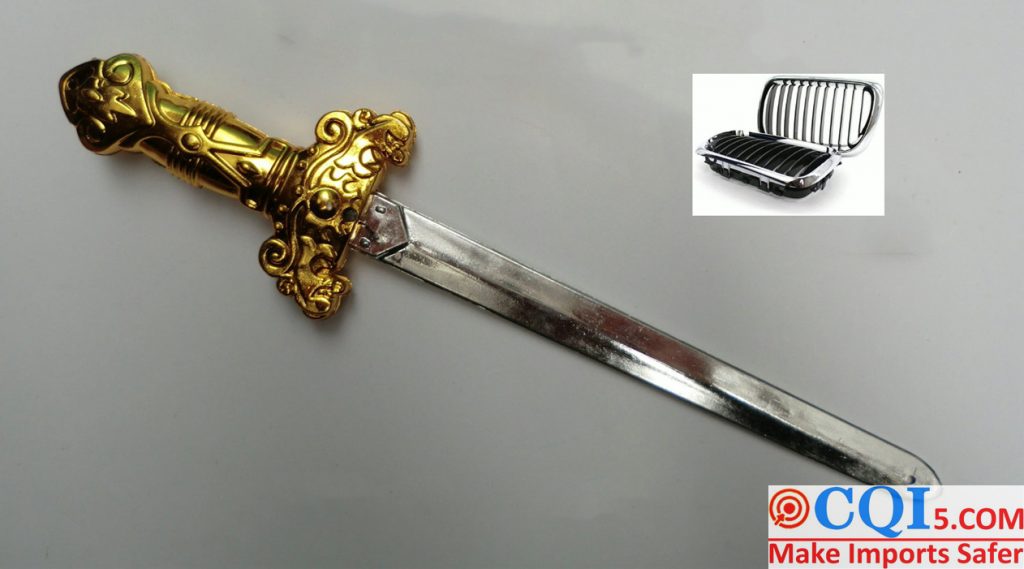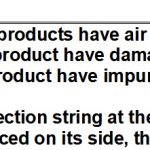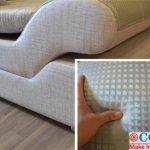Notes on Electroplate Plastics
Do you know how to do plating on plastic without electricity? First of all, let’s understand how electroplating works!
Electroplating is a process that uses electrolysis to uniformly attach a metal film to the surface of a metal or other material. The principle of electroplating is an electrochemical reaction in which the plated workpiece is placed in a container with an electroplating solution, and the plated workpiece is charged as the negative electrode as the cathode, while the plated metal is also placed in the container and charged as the positive electrode as the anode during plating.
After being energized, under the action of electric field, the plating metal in the plating solution will decompose metal atoms, and will be attracted by the negative electrode, and the cations will move to the cathode, and then deposited on the surface of the cathode workpiece, thus obtaining the plating.
To put it simply, the positive electrode will melt chromium, copper, nickel and other materials into atomic state and disperse them into the plating solution, and then the negative electrode will slowly build up and re-cover the product surface.

It is clear from this that plating must be electrified. So back to the beginning of the question, how to plating plastic without electricity?
There is a way to do this. First, a conductive metal film is obtained on the plastic surface by chemical plating, and in order to make this layer of metal more firmly bonded to the plastic, a chemical solution is used to corrode pits on the plastic surface before plating, a process also known as roughening, and then the metal layer is thickened by electroplating to achieve plating of the plastic.
Disclaimer:
CQI5 article information from the Internet and contributions, the copyright of which belongs to the original author, and only represents the views of the original author. This website is only responsible for sorting out, typesetting and editing the articles, reproduced for the purpose of spreading more information, does not imply that it endorses its views or proves the truthfulness, completeness and accuracy of its content, and therefore does not assume any legal responsibility.
The information contained in this article is for reference only and is not intended as direct advice for decision-making.
If we inadvertently violate your copyright, please inform us, after verification, we will immediately correct or delete the content according to the requirements of the copyright holder, thank you! Contact, email: copyright@cqipro.com
This website has the final right to interpret this statement.
Welcome to reprint, Please be sure to keep information complete.






